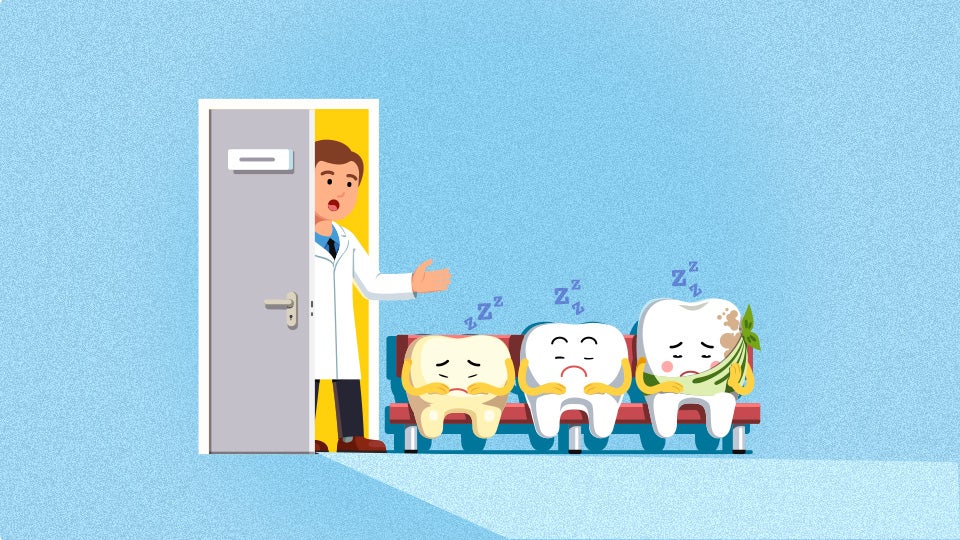Oral health isn’t just about your teeth—it’s about your gums, too. Healthy gums are the foundation for strong, functional teeth, and they can often signal problems you might not notice otherwise. If you’re dealing with gum issues, understanding the root causes is the first step toward effective treatment.
Periodontal disease develops in the gums due to many conditions. It can significantly affect the health of gums and jawbone and, if left untreated it can lead to health complications in other parts of the body.
If you have been diagnosed with periodontal disease, you may be wondering, “Can I cure my periodontal disease?” The answer is no–periodontal disease is not curable. However, depending on the stage of development of the gum disease, there are different treatment options. While treating it early increases your chances for better results, several therapies and procedures are available to stop the disease from progressing at later stages.
Periodontal Disease

Periodontal disease refers to the presence of infection and/or inflammation in the gums that can progress, causing soft tissue damage as well as tooth and bone loss. Knowing how to treat gum disease will help you avoid some of these tragic results.
Gingivitis is a milder form of gum disease. It serves as a red flag indicating that action is needed to prevent permanent damage. If left untreated, gingivitis turns into periodontitis, a much more serious stage of periodontal disease.
Can Gingivitis Be Treated and Improved?
Gingivitis can often be treated and reversed with prompt care. By practicing consistent brushing and flossing habits and scheduling regular cleanings with your dentist, you can stop gingivitis in its tracks before it progresses. If you notice that your gums are red, swollen or bleeding, it is time to kick your oral hygiene into action to avoid gum disease.
Prolonged exposure to inflammation from periodontitis can lead to major health complications like heart disease, cancer, and Alzheimer's Disease.[1] But with the proper treatment, consistent oral hygiene, and following your dentist's advice, you can still live a healthy, long life while managing your gum disease.
Can You Stop Periodontitis From Progressing?
Once gingivitis progresses to periodontitis, it becomes incurable. However, with proper treatment, you can slow its progression and manage the symptoms.
Understanding how to control periodontitis starts with a trip to the dentist. To prevent periodontitis from worsening, your dentist will recommend treating your gums by removing any bacteria-filled plaque buildup above and below the gum line. Eradicating the bacteria that has been infecting your gums will stop the spread of periodontitis.
While you cannot fully cure periodontitis, you can control it through treatment. After your dentist treats your gums, your oral health will need to continue to be monitored with regular dental appointments to ensure the periodontitis doesn't progress further.
Professional Dental Cleanings
When plaque isn't removed, it hardens. When this hardened plaque, called calculus, builds up around the base of a tooth, the gums become inflamed, causing them to pull away. This creates a pocket in the gums around the root of the tooth. If left untreated, these pockets fill with bacteria and plaque, causing them to become deeper and leaving more of the tooth's roots exposed.
To treat this problem, your hygienist will perform what’s called scaling and root planing to remove calculus above and below the gum line while disinfecting the pockets.
Scaling and Root Planing: The Solution for Periodontal Disease

Scaling and root planing is a procedure designed to treat gum disease by removing plaque, tartar, and bacteria that accumulate beneath the gumline. It is a two-step process that prevent further damage to the gums and supports their healing.
The first step, scaling, removes hardened plaque and bacteria from the teeth and below the gumline, reaching areas that brushing and flossing cannot. This deep cleaning eliminates infection-causing buildup and reduces gum inflammation.
The second step, root planing, smooths the tooth roots to remove rough spots where bacteria tend to cling. By creating a cleaner surface, it allows the gums to heal and reattach to the teeth, reducing pocket depth and preventing further gum recession.[2]
To enhance scaling and root planing, laser bacterial decontamination uses targeted energy to eliminate deep-seated bacteria, reduce inflammation, and promote faster healing. This advanced technology improves precision, minimizes discomfort, and lowers the risk of reinfection, making gum disease treatment more effective and less invasive.
Medications To Treat Periodontal Disease
While scaling and root planing are the go-to procedures for addressing periodontal disease, an antimicrobial mouth rinse—whether over-the-counter or prescription—can reduce bacteria and plaque on your teeth. A study comparing antibacterial mouthwashes to flossing shows that chlorhexidine gluconate, a prescription mouthwash, reduced bacteria and significantly decreased gingivitis.[4]
For patients with deep periodontal pockets, a chlorhexidine chip can be placed inside the pocket to gradually release an antimicrobial agent over 30 days, or a gel may be applied directly to the site. Chlorhexidine works by reducing bacterial growth and preventing plaque accumulation, helping to control infection and promote gum healing.[5]
In some cases, treatment is more effective when combined with medication. For patients with aggressive periodontal disease or ongoing gum recession after scaling and root planing, antibiotics or other oral medications can enhance gum reattachment and provide greater overall oral health benefits.[3]
Surgical Procedures for Periodontal Disease
Regenerative procedures can be used to stimulate natural growth, even when significant bone has been destroyed by the gum disease. After the gums are folded back and thoroughly cleaned of any bacteria, proteins can be used to encourage the regrowth of healthy gums. Bone grafting is frequently done at this time to stimulate new bone cells to regrow around the graft.[6]
Gum grafting is a surgical procedure that covers exposed tooth roots with healthy gum tissue, preventing further recession and reducing tooth sensitivity. The graft tissue is typically taken from the patient's soft palate or, in some cases, from a processed donor source or synthetic material.
Ongoing Maintenance and Follow-up Care
While periodontal disease can be slowed, ongoing maintenance and follow-up treatment are essential to support your oral health. To catch gum disease before it progresses and causes damage to your gum tissue, teeth, and jawbone, be sure to keep regular appointments with your dentist. If your dentist has already noted the presence of gum disease in your mouth, follow all treatment recommendations to reduce the chances of further damage. Increased frequency of visits is also appropriate in the presence of disease.
Find your trusted, local dentist today!
Sources
[1]
Gum Disease and Other Diseases, American Academy of Periodontology, June 5, 2024, https://www.perio.org/for-patients/gum-disease-information/gum-disease-and-other-diseases/
[2]
Root Planing, Science Direct, 2022, https://www.sciencedirect.com/topics/medicine-and-dentistry/root-planing
[4]
The Efficacy of Antiseptic Mouth Rinses in Comparison with Dental Floss in Controlling Interproximal Gingivitis, PubMed, Jan. 2011, https://www.ncbi.nlm.nih.gov/pmc/articles/PMC3894074/
[5]
Effectiveness of chlorhexidine gels and chips in Periodontitis Patients after Scaling and Root Planing: a systematic review and Meta-analysis, PubMed, Oct. 29, 2023, https://www.ncbi.nlm.nih.gov/pmc/articles/PMC10613372/
[3]
Should Antibiotics be Prescribed to Treat Chronic Periodontitis?, PubMed, Oct. 1, 2016, https://www.ncbi.nlm.nih.gov/pmc/articles/PMC4592514/
[6]
Surgical Procedures, American Academy of Periodontology, June 5, 2024, https://www.perio.org/for-patients/periodontal-treatments-and-procedures/surgical-procedures/
Smile Generation blog articles are reviewed by a licensed dental professional before publishing. However, we present this information for educational purposes only with the intent to promote readers’ understanding of oral health and oral healthcare treatment options and technology. We do not intend for our blog content to substitute for professional dental care and clinical advice, diagnosis, or treatment planning provided by a licensed dental professional. Smile Generation always recommends seeking the advice of a dentist, physician, or other licensed healthcare professional for a dental or medical condition or treatment.







